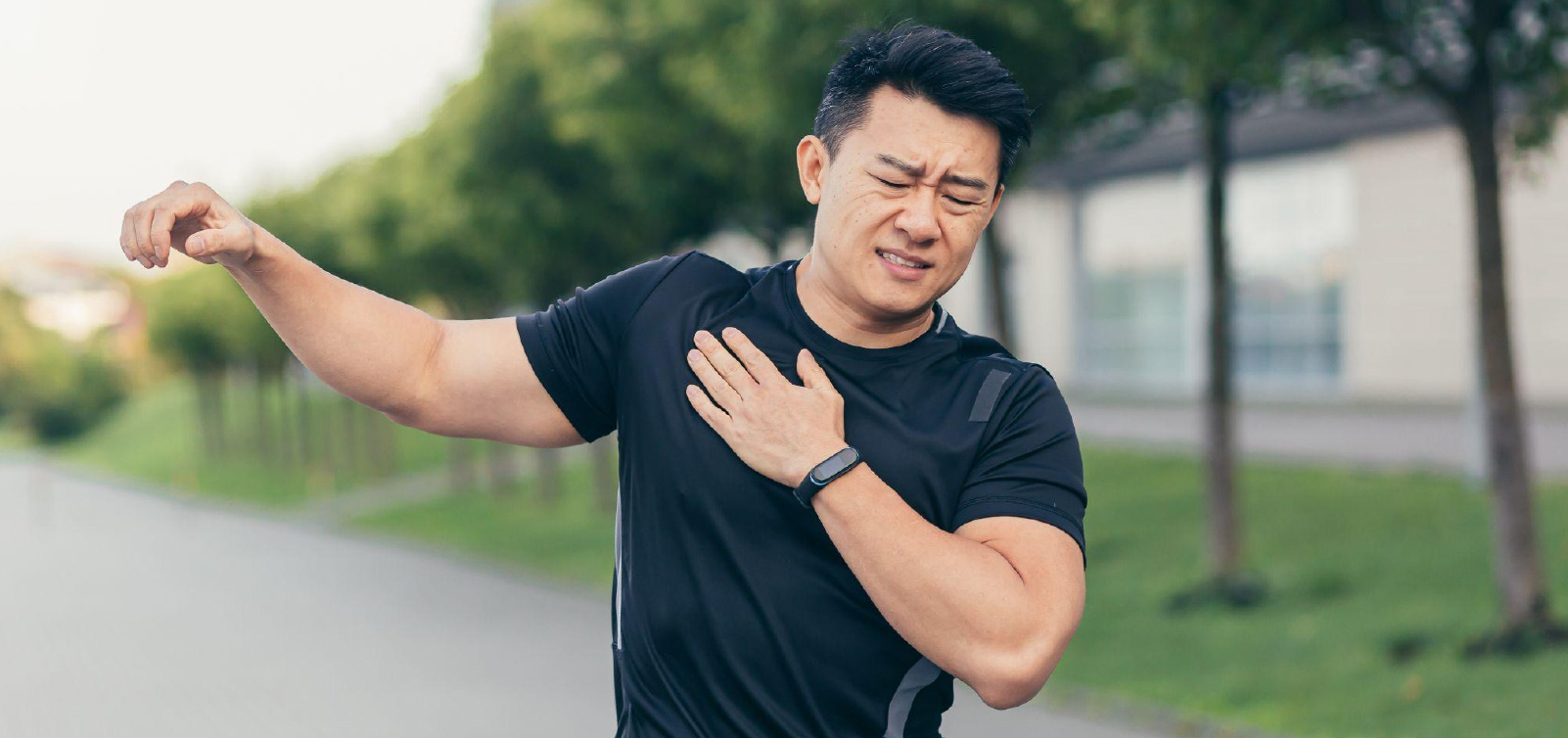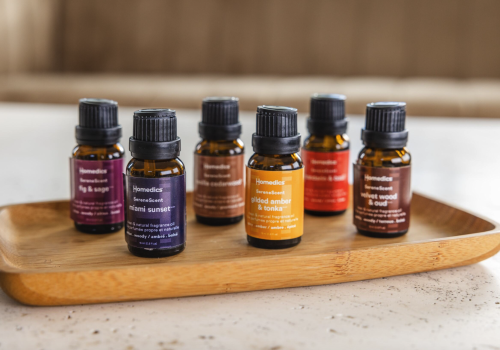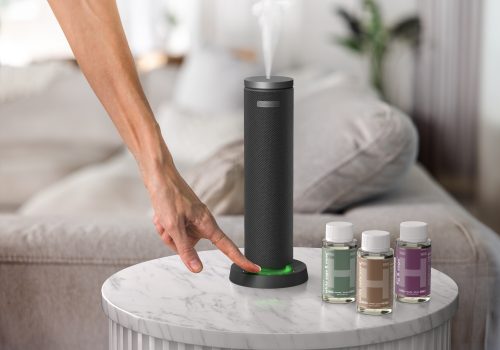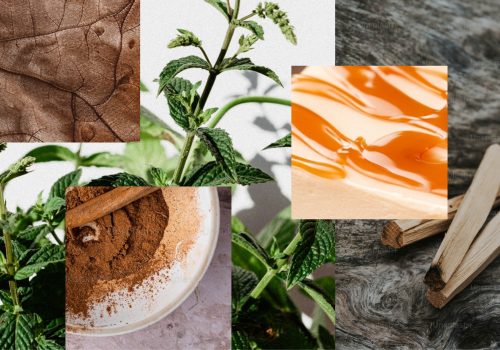Sore Muscles After Exercise
You’ve probably heard the phrase “no pain no gain” more than a few times from motivational posters and Hollywood pep talks. But those promised gains don’t make it any easier to deal with the soreness you might experience after a new or particularly intense workout.
This is the same type of soreness you feel after doing an activity you don’t do often, like shoveling the first snow of the winter or helping a friend move. Your muscles aren’t used to working in that way, and they’re not as developed for that task as they are for something you do regularly, like carrying bags of groceries.
Whether you’re working out at the gym or doing an intense household chore, you’re putting extra strain on your muscles, and you may end up feeling pretty sore a day or two later.
So listen to your body, and consider the variety of massagers out there, in order to find the right one to help you relax and rejuvenate during sore muscle recovery.
That’s called delayed-onset muscle soreness (DOMS), and that’s what we’re going to help you deal with.
Introducing DOMS: Post-Workout Muscle Soreness
When you exercise, you put strain on your muscles with the goal of making them stronger. Doing so stretches and microscopically tears the fibers that make up your muscle tissue.
That might sound unpleasant, but it’s the healing process that causes your muscles to grow and you to become stronger. Unfortunately, that healing process often leaves you feeling incredibly sore, sometimes for several days.
The “delayed” in DOMS means you won’t feel the soreness right away; it typically develops within 24 hours of strenuous activity.1 Your sore muscles can last between 24 to 72 hours, depending on the intensity of the activity and your general fitness level.
Sore muscles are one of the main challenges for people trying to build an exercise habit for the first time. How are you supposed to stay motivated to work out when it hurts to get out of bed the following day?
But staying active despite DOMS—and trying to relieve the worst of it—is key to building a strong fitness habit.
What Causes DOMS?
DOMS may be partially caused by the microscopic damage—sometimes called microtears—that occurs in your muscle tissue as you exercise.2 The part of an exercise in which you stretch your muscles while carrying a load is often the primary culprit responsible for muscle soreness.3
You might also feel stiff in the days after a workout, as DOMS makes extending your joints uncomfortable and may temporarily reduce your range of motion.4
You might’ve heard lactic acid blamed for DOMS, but it’s actually not responsible for your post-workout soreness. Lactic acid is the reason you feel the burn during your workout, not after.
Unfortunately, DOMS is a side effect of exercise that’s almost inevitable. There’s no fitness level at which you’re immune to muscle soreness, so it’s valuable to learn how to relieve it.
What helps sore muscles recover and feel better? Here’s how to help relieve DOMS and feel better for your next workout.
Sore Muscle Relief: What Helps Sore Muscles?
Although muscle soreness is a common part of exercise and recovery, you can help alleviate some of the worst soreness by following these tips.
Warm Up and Cool Down
Warming up with some stretches is a classic tip for both beginners and advanced fitness enthusiasts. But there’s more to it than toe-touches.
Many people stretch before they exercise, but it’s often better to stretch after some light warm-up activity, like walking, running, or dynamic movements, when your muscles are already moving.
And static stretching might not be the best choice. In a 2012 study, static stretching had negative effects on participants’ strength, power, and explosive performance. The last thing you want to do is reduce your performance without relieving your soreness.
Instead of doing static stretches, spend a few minutes moving, doing dynamic stretches like arm sweeps and side-to-side lunges.
Equally important is doing a quick cool down routine after you finish a workout. You might be tired but sitting on the couch for several hours right after a leg workout is just going to leave your hips and other joints feeling tight and your muscles sore as they heal.
Stretching might not eliminate DOMS, but it may help you feel some relief as you stay active and prepare your muscles for the next workout. Cool down activities are also opportunities to help increase blood flow to your muscles as they start to heal.
Get Some Active Rest
Resting your muscles doesn’t necessarily mean doing nothing until your next workout. Active rest can be a great way to allow your muscles to properly recover while you’re feeling the effects of DOMS.
In a 2003 study, exercise was the most effective treatment for muscle soreness. That might sound counterintuitive, but low-intensity exercise may help alleviate some of your soreness while still allowing your muscles to recover.
It’s simple to turn exercise into active rest with these two options:
- Reduce the intensity of your workouts until the soreness subsides.
- Primarily train other muscle groups, alternating workouts so that each group has time to recover before the next session where it’s in focus.
Apply Ice or Heat
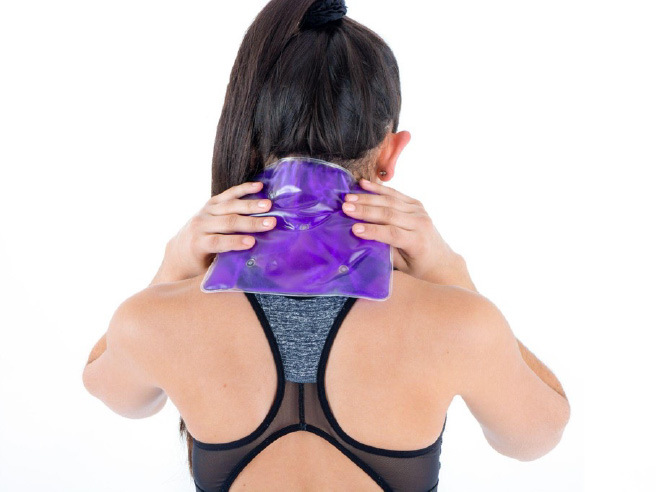
Applying ice is a common recommendation for treating soreness after exercise. Keeping an ice pack in the freezer is a staple of athletes and fitness enthusiasts, and a 2015 study backs up the practice, finding that applying cold after exercise helped reduce soreness in participants. It also found that cold was superior to heat at alleviating soreness in the study’s subjects.
However, a 2013 study found that applying heat—especially moist heat, like a steam towel or hot bath—was also effective at reducing soreness in participants.
A soothing foot bath can be an excellent part of your recovery routine, helping you relax while your body repairs damage to the muscle fibers. Treat yourself to a heated foot bath with bubbles and soothing essential oils for maximum relaxation as you start your recovery.
Enjoy a Relaxing Massage
Getting a massage after exercise may help relieve your sore muscles. Studies showed that subjects who received massage therapy after exercise experienced less soreness that those who don’t.
Enjoying a massage can be both a reward to help solidify an exercise habit and a great way to start the essential rest and recovery period.
A handheld massage gun is perfect for targeting specific muscles with an invigorating deep tissue massage. And, for participants in a 2017 study, using a foam roller reduced DOMS.
Using a Shiatsu massage cushion at home can also be a convenient and soothing way to help kickstart your recovery and promote relaxation. Simply sit back, relax, and let the massage cushion soothe your sore muscles.
And if a heated massage pad helps you fall asleep more easily, all the better for your recovering muscles.
Get Plenty of Sleep
Getting enough sleep is absolutely crucial to recovering after exercise. But in addition to all of life’s daily responsibilities, how can you sleep when your sore muscles might make it difficult to even get comfortable?
You want your sleep environment to be as comfortable and relaxing as possible. Try using room-darkening curtains, using a diffuser with your favorite soothing essential oils for diffusers, and blocking out distracting noises with a sound machine.
Humidifiers may also make your home more comfortable for you to relax and sleep peacefully, especially if you’re sensitive to dry air.
Up the Intensity Slowly
Jumping into a new workout program with no prior experience or after a long break is going to leave you feeling muscle soreness for several days.
Research shows that DOMS is especially prevalent when people are first introduced to a new activity, and the intensity of your workout also plays a large part in how sore you feel.
To help prevent the worst muscle soreness, add weight and increase the intensity of your workouts slowly. Ease yourself into any new exercise, and don’t forget to learn the proper form.
Injury or DOMS: Muscle Pain vs. Muscle Soreness
Sore muscles are a common side effect of physical activity, and it’s often a positive result that means you’re working your muscles to make them stronger.
However, feeling sudden, severe, or acute pain is different from experiencing soreness after a workout.
Similarly, feeling unusual pain during an exercise is reason for caution; it may be the sign that something’s wrong.
If you can’t decide whether you’re experiencing the expected soreness or muscle pain, talk to your doctor before continuing that exercise.
Dealing with DOMS While Staying Active
Sore muscles are an inevitable part of exercising, but sore muscle relief is possible. Knowing what helps sore muscles can help you relieve your worst soreness and maintain your fitness routine.
After a challenging workout, you deserve some relaxation. Try handheld massagers, heated foot baths, and foam rollers as part of a soothing recovery routine.
Medical Disclaimer: This content is provided for informational purposes only and not intended to be a substitute for professional medical advice, diagnosis or treatment.
Sources
- ACSM Information On… Delayed Onset Muscle Soreness (DOMS)
- Why Are My Muscles Sore 2 Days After Exercise? | Right as Rain
- Muscle damage from eccentric exercise: mechanism, mechanical signs, adaptation and clinical applications
- Neurodynamic mobilization and foam rolling improved delayed-onset muscle soreness in a healthy adult population: a randomized controlled clinical trial
- Delayed onset muscle soreness: treatment strategies and performance factors – PubMed

